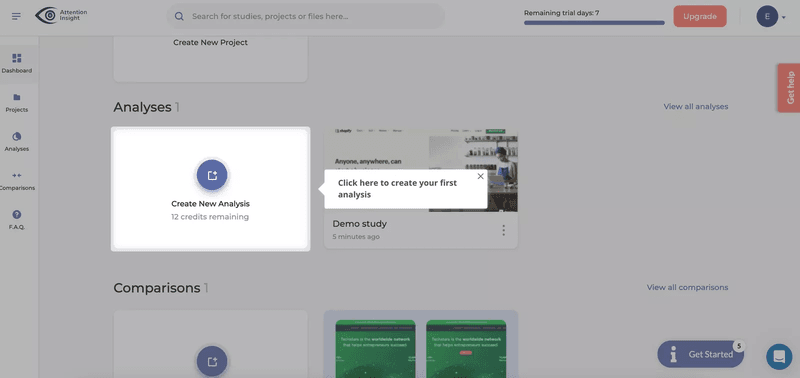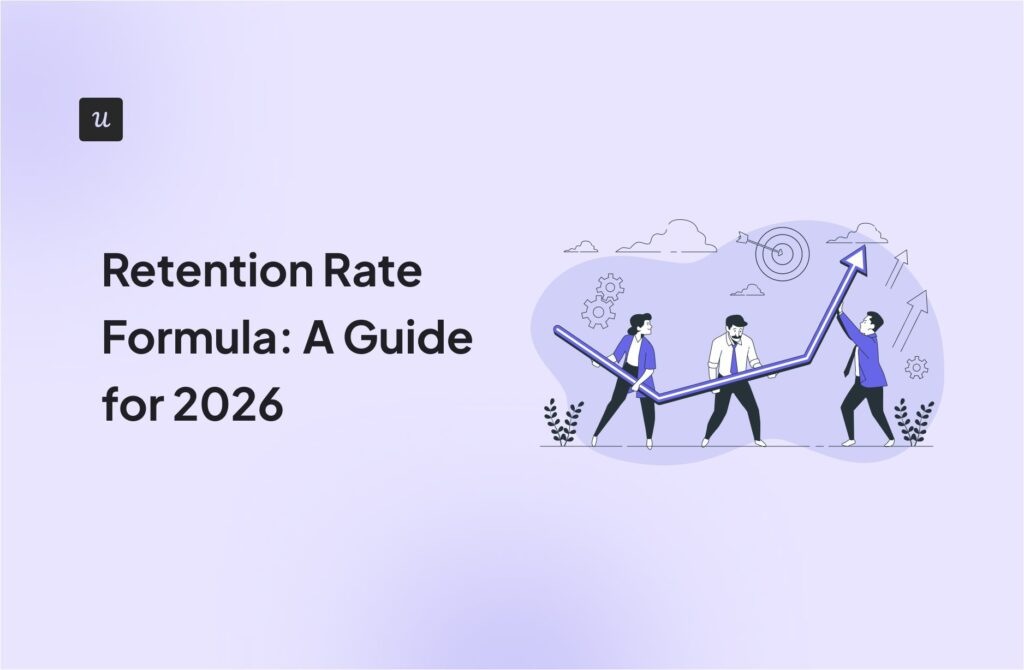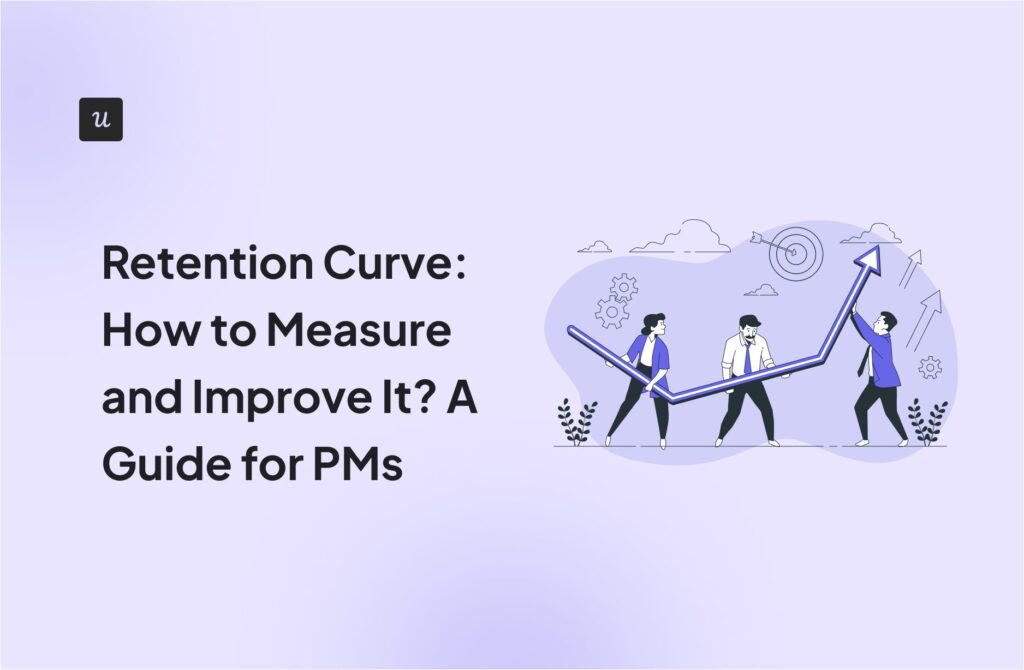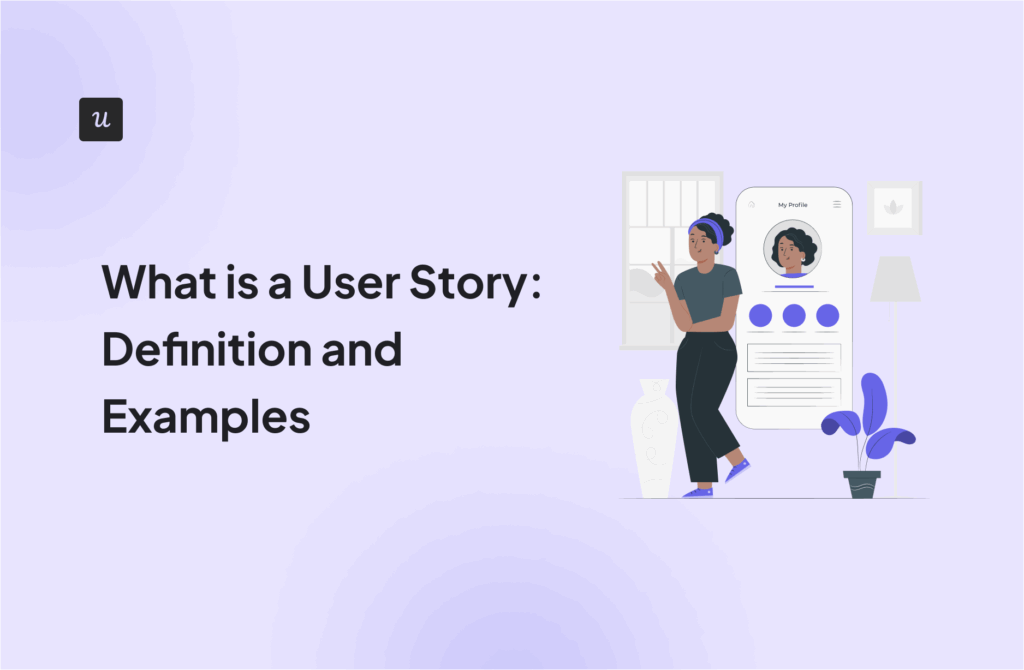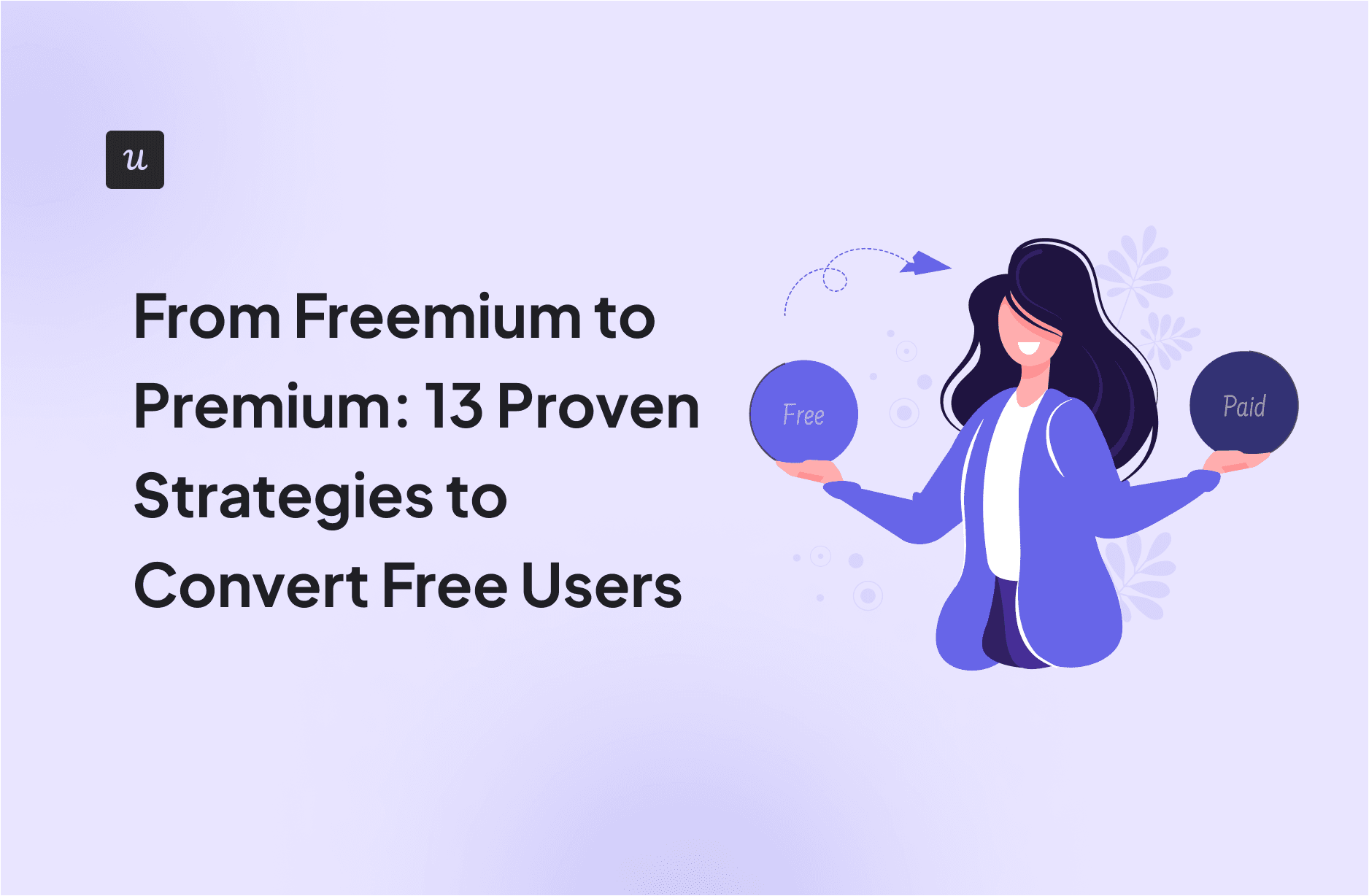
The freemium model is a powerful growth engine that helps SaaS companies attract a large user base rapidly. However, achieving a high freemium to premium conversion rate is not an easy feat. Many users are content with the basic version, and some may even try to cheat by creating multiple free accounts.
So, from optimizing your onboarding processes to triggering targeted upsell campaigns, let’s explore proven tactics to increase your conversion rates and drive expansion revenue.
Ready to begin?
Try Userpilot Now
See Why 1,000+ Teams Choose Userpilot

What’s a freemium business model in SaaS?
A freemium model is a revenue strategy that offers a free version of a product with basic features while reserving advanced features for paying customers.
Aside from exposing a product to a large user base, this model also helps to:
- Drive viral growth.
- Reduce customer acquisition costs.
- Generate valuable data about your target audience.
- Increase the customer lifetime value.
But what’s the difference between a freemium and a free trial model? This Product Drive session with Jana Frejova provides helpful insights:
So, how many freemium customers actually become paying customers?
Every product leader dreams of converting all free users into paying customers—after all, isn’t that the primary goal of offering a free version?
But reality bites: achieving a 100% freemium conversion rate is impossible.
According to industry benchmarks, the typical freemium conversion rate is anywhere between 1 and 10%. But there are nuances. For example, Lenny Rachitsky’s research (based on interviews with over 1000 brands) revealed that self-served freemium models tend to have lower conversion rates (6-8%) compared to sales-assisted freemiums (10-15%).
The same data indicates that smaller companies generally have higher free-to-paid conversion rates than SMBs and mid-market companies.
💡 Pro tip: Worry less about industry benchmarks and focus instead on surpassing your own past performance. For example, if your freemium model achieved a 7% conversion rate in 2024, celebrate that win! Then, delve into your customer data to identify areas for improvement and boost that rate even further.
Understanding your free users
Before we discuss practical tactics for increasing conversion rates, it’s worth noting that not all free users are the same.
What are the types of free users?
There are two main types of free users:
- Freemium users: Those with ongoing access to a limited free plan.
- Free trial users: Those with temporary access to premium features.
We’ve divided this article into two sections to provide separate guides for freemium and free trial users.
And, of course, you might be wondering:
Why are different conversion strategies for freemium and free trial users important?
The answer is simple: freemium and free trial users have distinct needs, behaviors, and motivations.
Someone enjoying a completely free product will naturally be less motivated to upgrade than a user whose access is about to expire. Generic free-to-paid conversion strategies applied to both groups will likely fall flat.
A more effective approach? Segment these users and tailor your messaging and experiences accordingly. An important first step toward this is creating detailed user personas that cover as many details as possible for each user group.
Here’s a template you can use:
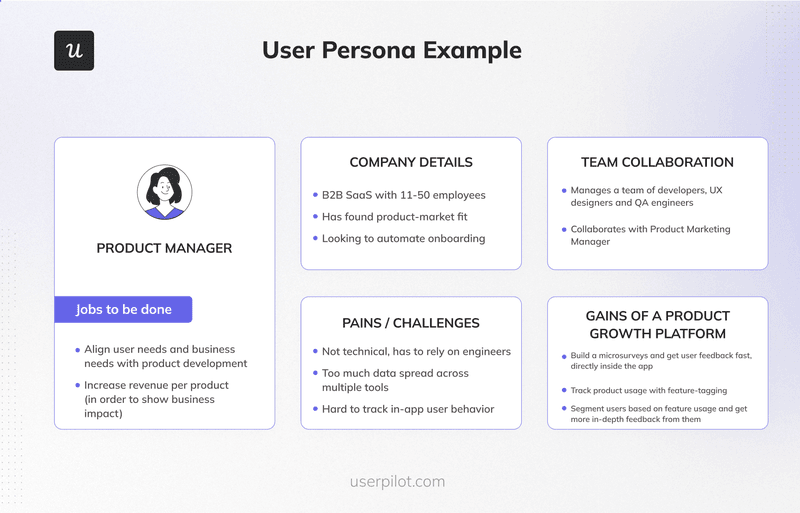
After creating personas, you can use a tool like Userpilot to segment customers based on various factors—like new sign-ups, registration dates, etc—and trigger personalized experiences for each group.

How to convert freemium users
We’ll begin with strategies for freemium to premium conversion. Here’s what has worked for successful SaaS companies:
1. Optimize the onboarding processes
A smooth and engaging onboarding process helps you demonstrate value and get users to the Aha! Moment fast.
Now, you might be thinking: Why care so much about onboarding flows for users on a free plan? Here’s the thing: without a seamless onboarding experience, users will become confused and frustrated. This often leads to churn and eliminates any chance of converting them to premium users—not to mention the potential negative reviews they might share online.
That said, use a combination of interactive tooltips, in-app modals, and onboarding checklists to guide users through your core features. Try to break the onboarding flow into small, digestible steps and make it interactive so users learn by doing.
That’s what Attention Insights did to increase its activation rate by 47% in a short period. Go through the carousel below for inspiration:
2. Add feature usage limits for free users
Limiting features in your freemium version is a delicate balancing act. Too many restrictions and users will abandon your product out of frustration. Too few, and they’ll have no incentive to upgrade.
The key is finding the sweet spot that aligns with your users’ needs and encourages them to explore the value of your paid plans.
Here are a few guidelines for setting feature limits:
- Determine the essential features that deliver your product’s core value proposition and include them in the free version.
- Reserve advanced features that cater to power users or solve more complex needs for your paid plans.
- Instead of completely restricting features, consider limiting usage. For example, restrict the number of projects, tasks, or reports a free user can create.
- Clearly explain the benefits of upgrading and how the paid features address specific pain points.
Practical example: Calendly
Calendly’s freemium model perfectly illustrates this principle. The free plan offers core scheduling functionality, allowing users to:
- Schedule unlimited one-on-one meetings.
- Connect one calendar.
- Customize their booking page.
- Send confirmation emails.
However, users need to upgrade to access advanced features like:
- Connecting multiple calendars.
- Integrating with other tools (like HubSpot and Salesforce).
- Team scheduling features.
- Automated workflows.
What can we learn? Calendly understands its audience and structured restrictions in a way that gives free users a taste of the platform’s capabilities while reserving its business-centric features for paid users.
3. Create a sense of urgency and/or exclusivity
Free users become laid back when there’s no external push to make them upgrade.
One effective tactic for countering this is to leverage limited-time offers. For example, you can offer exclusive discounts or bonus features for a limited time, such as during a Black Friday sale or product launch. This creates a fear of missing out (FOMO) and encourages immediate action.
Here’s an example from Wordtune:
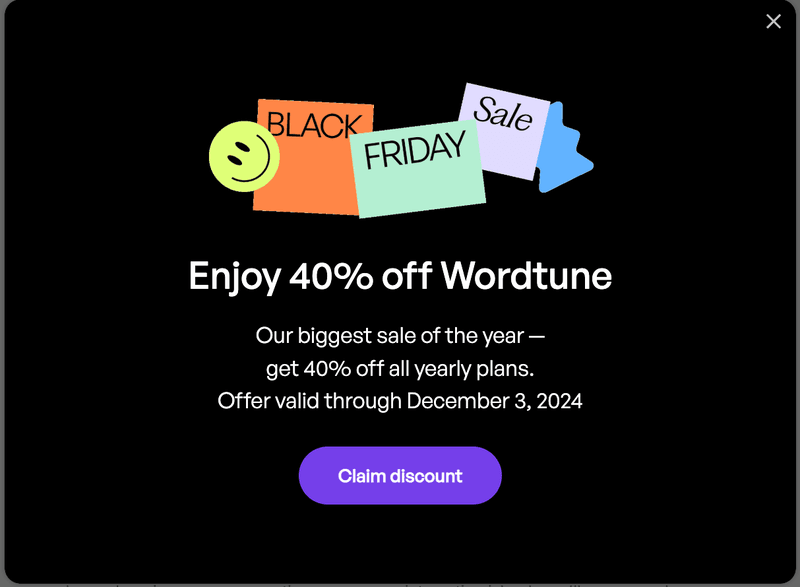
Exclusivity can also be a powerful motivator. Generate excitement for upcoming premium features by creating a waitlist for free users and making them feel like they’re part of an exclusive group. Alternatively, offer select free users beta access to new features or products. This gives them a sense of importance and allows them to experience the value of premium offerings firsthand.
4. Identify early “champions” of your product
“Champion users” here refers to free users who have consistently shown high engagement levels. These people clearly love your product and will upgrade with the right prompt.
How do you identify these power users? Dig into your product analytics. For example, Userpilot’s user profile feature lets you track engagement and other important data points about individual users.
After identifying all your power users on the free plan, the next step is to segment them and provide relevant and juicy offers that will help them experience more product value—and hopefully upgrade their accounts. This can be anything from early access to new features to exclusive content and opportunities to provide 1:1 feedback.

5. Use gamification to showcase product value
Gamification is the introduction of game design elements into non-game contexts. When done well, it motivates users to explore features, complete tasks, and, ultimately, recognize the benefits of upgrading.
Common gamification elements used by SaaS companies include:
- Badges.
- Leaderboards
- Progress bars.
- Checklists.
Real-world example: Sked Social leveraged Userpilot to create a gamified onboarding checklist for new users. This made it easier for users to complete onboarding tasks and resulted in a 3X boost in conversion rates.

6. Offer an excellent self-service resource center
A well-structured resource center is a powerful tool that serves both customer support and product marketing goals.
On the support side, it provides tutorial videos, FAQs, and help articles to help users appreciate your product better and troubleshoot issues on their own. This results in a better product experience and increased customer satisfaction.
On the marketing side, your resource center provides valuable user information that you can utilize in your upsell campaigns. By analyzing how free users interact with your resources, you can identify their pain points, interests, and feature preferences.
This knowledge allows you to tailor your marketing messages and upgrade prompts, increasing the likelihood of conversion.

7. Use the “surprise and delight” strategy
Unexpected rewards or gestures can create a positive emotional connection with potential customers and encourage them to continue engaging with your brand.
What constitutes a “surprise” depends on your product and target market. However, here are a few ideas to get you started:
- Provide random upgrades (e.g., recognize a power user’s consistency and give them one month free of premium).
- Offer spontaneous discounts.
- Provide bonus features.
- Host exclusive events or webinars.
8. Create a habit loop around your product
Habit formation is one of the brain’s fastest ways to learn new things. It’s effective because habits create positive reinforcements through a reward loop that keeps us returning for more.
While your SaaS tool might not be as inherently addictive as TikTok or Instagram Reels, the same principles of habit formation can be applied to increase user engagement and drive conversions.
Here’s how to leverage the habit loop to boost your freemium to premium conversion rate:
- Trigger: Identify a consistent trigger that prompts users to engage with your product. This could be a daily task reminder, a weekly report, or a notification about new activity.
- Action: Ensure the core action within your product is simple, intuitive, and rewarding. Minimize friction and make it easy for users to achieve their desired outcome.
- Reward: Provide a sense of accomplishment or reward for completing the action. This could be a progress bar showing their advancement, a badge for achieving a milestone, or positive feedback within the app.
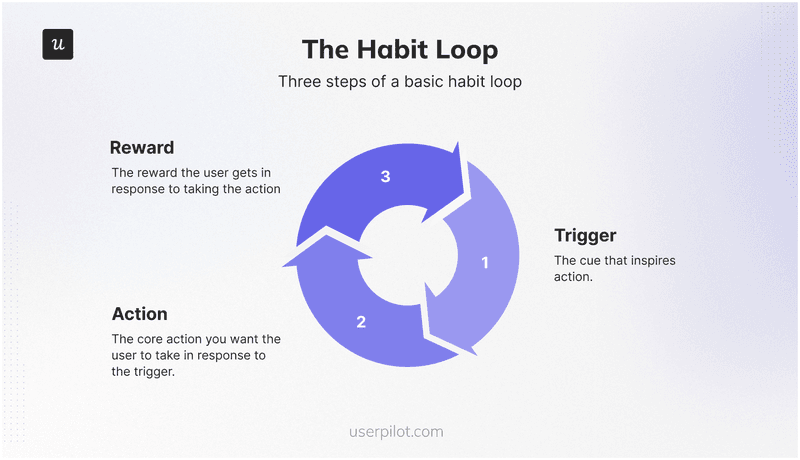
How to convert free trial users
This second section will show you five practical strategies for winning over free trial users.
Let’s jump in:
9. Employ a reverse trial
A reverse trial is a pricing model that offers new users temporary access to all premium features and downgrades them to a free version if they don’t pay after a certain period.
While it might sound similar to a demo, there’s a key difference: a demo typically showcases limited features or provides a guided tour of the product. Reverse trials, on the other hand, provide unrestricted access to the full product experience, allowing users to truly integrate it into their workflow and experience its value firsthand.
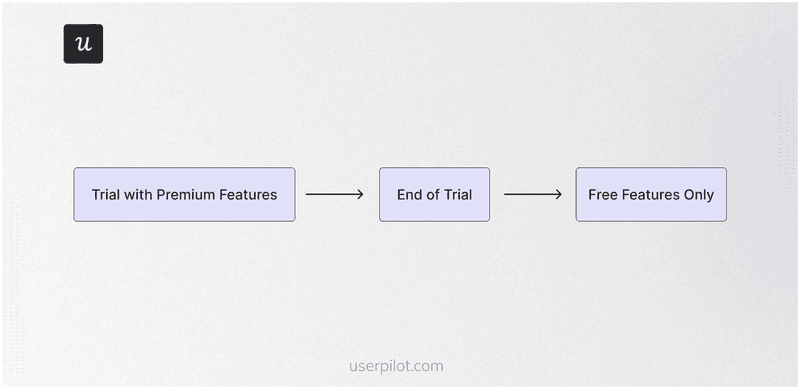
A SaaS reverse trial is effective for three main reasons:
- Full value unlock: Users get to experience the product’s full potential, which increases the likelihood that they’ll become reliant on the paid version.
- Reduced friction: Eliminating the need for upfront credit card details removes a potential barrier to entry.
- Increased conversion: Users are more likely to upgrade after experiencing the product value firsthand.
Real-world example: Time tracking tool Toggl effectively utilizes the reverse trial model. New users gain immediate access to all premium features without providing payment information. This allows them to fully explore the platform and see its benefits before committing to a paid plan.
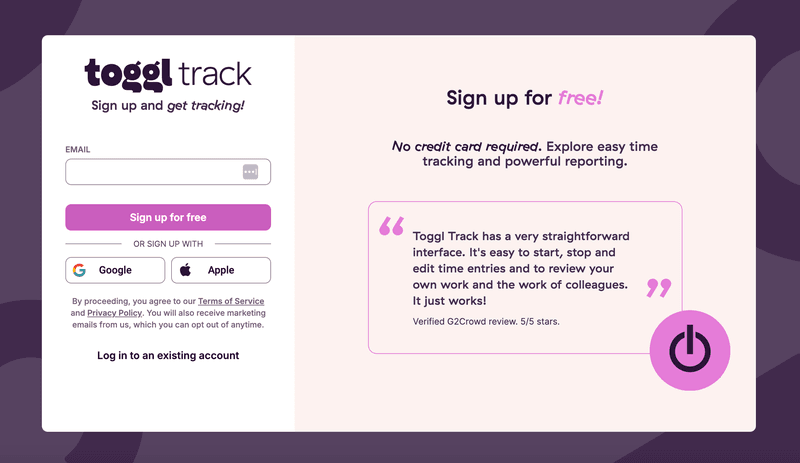
10. Personalize the free trial period experience
Gather customer data during the sign-up or onboarding stage and use that information to tailor your upgrade offers.
This can be as simple as addressing users by name, recommending features based on their stated goals, or localizing content in their native language. Userpilot can help you do all.
Here’s an example of how easy it is to localize content using Userpilot:
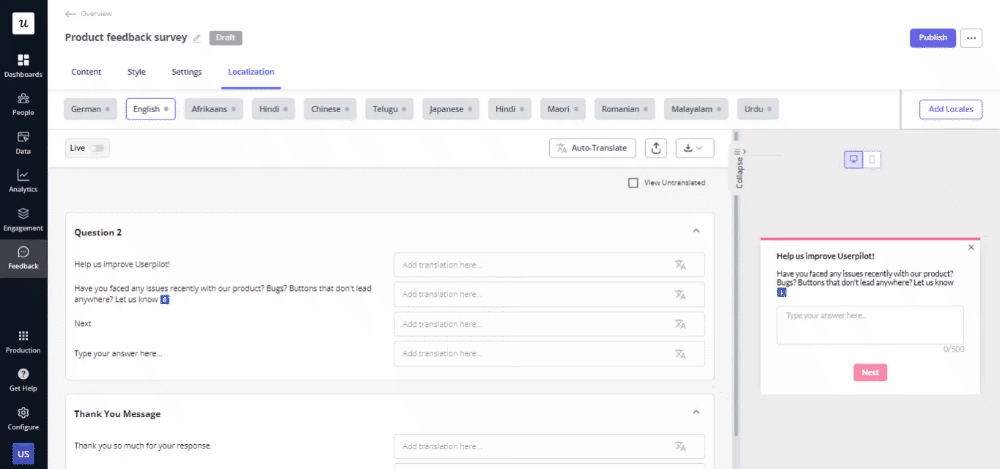
11. Try paid trials to qualify users
While free trials are a popular approach, paid trials offer a unique advantage: they pre-qualify your users. By requiring a small upfront payment, you attract users who are more serious about finding a solution and have the budget to invest in your product.
How to make the most of paid trials:
- Ensure the trial price is low enough to encourage sign-ups but high enough to filter out tire kickers.
- Clearly communicate the value users will receive during the paid trial to justify the upfront cost.
- Consider offering a money-back guarantee to reduce risk and increase user confidence.
12. Remind new users of trial limitations
Both free trial and freemium users share a common trait: they need a compelling reason to upgrade. If they’re content with the free version or don’t fully grasp the benefits of upgrading, they’ll likely stick with what they have.
Employ tactics like feature comparisons, email reminders, and in-app messaging to demonstrate trial limitations and encourage users to unlock your product’s full functionalities.
Userpilot comes in handy. You can use our platform to create and trigger contextual in-app messages like this:
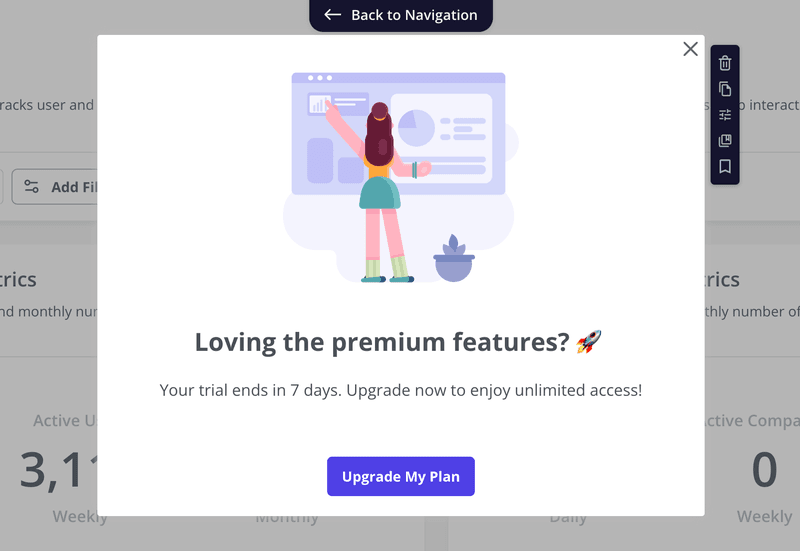
13. Offer trial extensions and discounts
Not every user who declines to upgrade is a lost cause. Sometimes, they simply need a little nudge to cross the finish line.
Here are two common reasons why users might hesitate to upgrade:
- Time: They need more time to fully evaluate your product and its value within their workflow.
- Budget limitations: They recognize the value of a paid version but might face temporary budget constraints.
Identify these users through trial-end surveys like the one below and use trial extensions or discounts as a pricing strategy to address their needs and win them over.
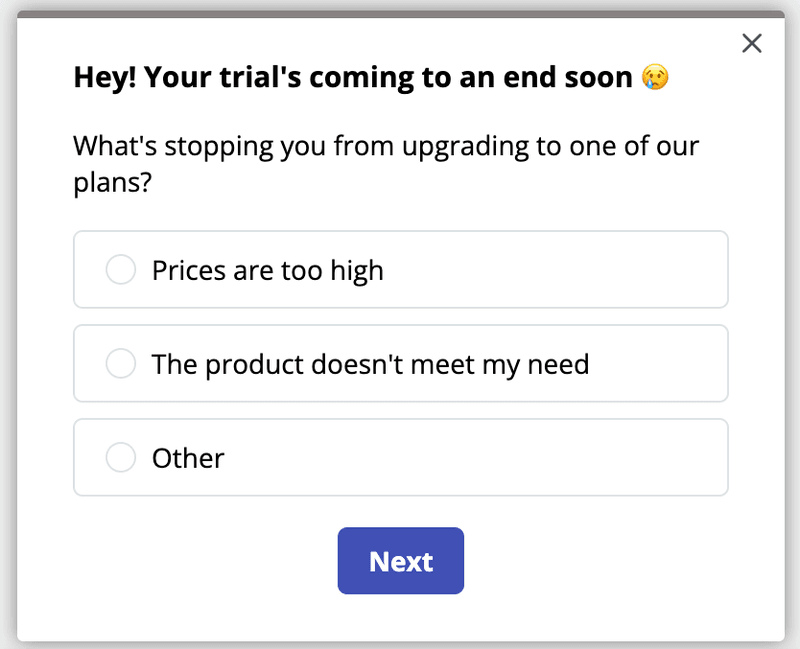
How do you measure freemium to premium success?
So, now you know strategies for converting free and trial users, but how do you measure success and improve?
Use an analytics platform to track the following core metrics:
- Average revenue per user (ARPU).
- Customer churn rate.
- Customer lifetime value (CLTV).
- Freemium or free trial monthly recurring revenue (MRR).
- Trial or freemium conversion rates.
- Product stickiness.
Userpilot can help you track all these in a unified custom dashboard. You can also easily generate reports to share with your team during brainstorming sessions.
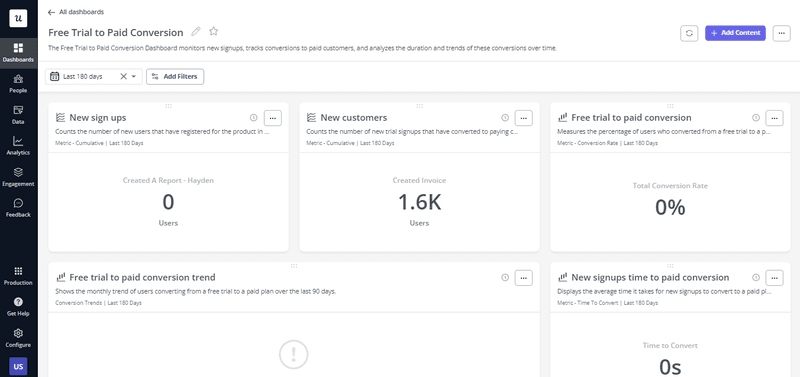
From freemium to premium in SaaS FAQs
How do you calculate the freemium to premium version conversion rate?
The best way to calculate your freemium to premium conversion rate is by using Expansion Monthly Recurring Revenue.
Here’s how:
- Identify the total revenue generated from free users who upgraded to a premium version within a specific period (e.g., a month).
- Divide this number by the total revenue from all your paid users within the same period.
If your total MRR is $100,000 and $20,000 came from freemium customers who upgraded to the ad-free version of your tool, your freemium to premium conversion rate is 20% ($20,000 / $100,000).
What are the biggest challenges in freemium conversion?
While the freemium model offers numerous benefits, it also presents unique challenges. Here are some of the most common hurdles companies face:
- Managing a large volume of free users.
- Balancing free and paid value.
- Increasing freemium to paid conversion rates.
- Preventing free-user abuse.
- Maintaining profitability.
What’s a reverse trial in SaaS?
A reverse trial combines the best of a free trial and a freemium plan.
Like a free trial, it offers temporary access to the product. But instead of limiting features like a typical freemium model, it provides full access to all premium features upfront. If the user doesn’t subscribe after the trial period, they’re downgraded to the free features with limited functionality.
Conclusion
The key to succeeding with the freemium model is to treat data as your compass. Continuously gather insights through user behavior analytics, direct customer feedback, and A/B testing. Then, use this data to personalize the user experience and optimize your pricing plans.
Need an all-in-one platform to help with this? Book a demo today to see how Userpilot can equip you to deploy effective freemium to premium conversion strategies and track the results all in one place.



